Asthma is one of the most common chronic diseases of the respiratory system, usually presenting itself in childhood and ranging from mild to life-threatening [1]. Those with asthma may suffer from shortness of breath, coughing, wheezing, and may also have associated conditions of eczema and hay fever [1]. The underlying cause of these symptoms is airway hyper-responsiveness and inflammation, which can be triggered by many factors, including respiratory infections, exercise, environmental allergens, smoke, stress, etc. [1].
The overall pathophysiology of asthma is complex, and it is still not completely understood why some children continue to have asthma as adults while others do not [1]. In some cases, exercise-induced asthma or allergic asthma is the only presenting illness. Asthma can keep us from enjoying many activities in our day-to-day lives, and while asthma medications are a must during asthma exacerbations, there are some medicinal mushrooms that may serve as beneficial complementary treatments.

Cordyceps for Athletic Performance and Stamina
Cordyceps is a mushroom gaining increasing popularity as an enhancer of athletic performance, but also as an adjunct to the treatment of chronic or acute respiratory conditions. As a natural exercise mimetic, Cordyceps has been shown to improve exercise performance by increasing blood flow, improving our body’s oxygen utilization, and acting as an antioxidant [2]. One study found that the use of Cordyceps resulted in significant improvements in the oxygen consumption, time-to-exhaustion, and ventilatory threshold of subjects performing high-intensity exercises [2].
Along with enhancing athletic performance, Cordyceps has been studied to play a role in the overall health of our respiratory systems. A study was completed on a group of individuals suffering from moderate-to-severe asthma and researchers compared the use of Cordyceps capsules to a placebo over a course of 3 months [3]. The participants were allowed to use their asthma inhalers and medications as needed, but the addition of Cordyceps to their treatment protocols increased their overall quality of life as evaluated by the Asthma Quality of Life Questionnaire (AQLQ) [3]. After 3 months of Cordyceps supplementation, there was a significant improvement in subject AQLQ scores, asthma symptoms, and overall lung function [3]. Even more remarkable is that the levels of several inflammatory serum markers were significantly decreased, which is vital considering that asthma is a condition comprising of airway inflammation [3].
Research and Studies of Cordyceps Militaris
Other research has attempted to find the underlying pathophysiologic effects that Cordyceps benefits may produce in order to improve asthma signs and symptoms. One study found that Cordyceps suppressed the secretions of eotaxin, IL-4, IL-5, IL-13 and IFN-g in the blood and bronchoalveolar lavage fluid (a medical procedure assessing fluid that has been squirted into the lungs then recollected for analysis) [4]. IL-4, and IL-13 are cytokines that have long been associated with the development of allergic inflammatory disorders, while eotaxin is a protein produced in the lungs of asthmatic patients that attracts eosinophils; high levels of eosinophils can cause inflammation and hyper-reactivity of the airways [5,6]. Additionally, Cordyceps was shown to decrease serum levels of the pro-inflammatory molecule IgE, the primary contributor to the development of allergic airway inflammation following a trigger [4,7].
The polysaccharides extracted from Cordyceps also assisted in preventing goblet cell hyperplasia [4]. Goblet cell hyperplasia, an increase in the number of goblet cells in the airways, is a feature of asthma and other respiratory diseases that results in overproduction of mucous and, thus, airflow obstruction [8]. Lastly, Cordyceps illustrated the ability to inhibit the activation of the TGF-b1/Smad pathway [4]. Activation of this pathway is correlated with a more severe disease process as it results in the presence of greater inflammatory cells and increased restructuring processes in asthma [9].
While there is currently no cure for asthma, there are many treatments available to help control the condition so that individuals may experience an increased quality of life. While conventional treatments are necessary, complementing your current protocol with a fruiting body extract of Cordyceps may be the adjunct you need to further improve your asthma and get back to enjoying the things you love!
We hope you have found this article informative. If you have any questions or comments, please feel free to leave them in the comment section below!
By Silvana Jakupovic — BSc and 4th Year Student of Naturopathic Medicine (CCNM-Boucher)


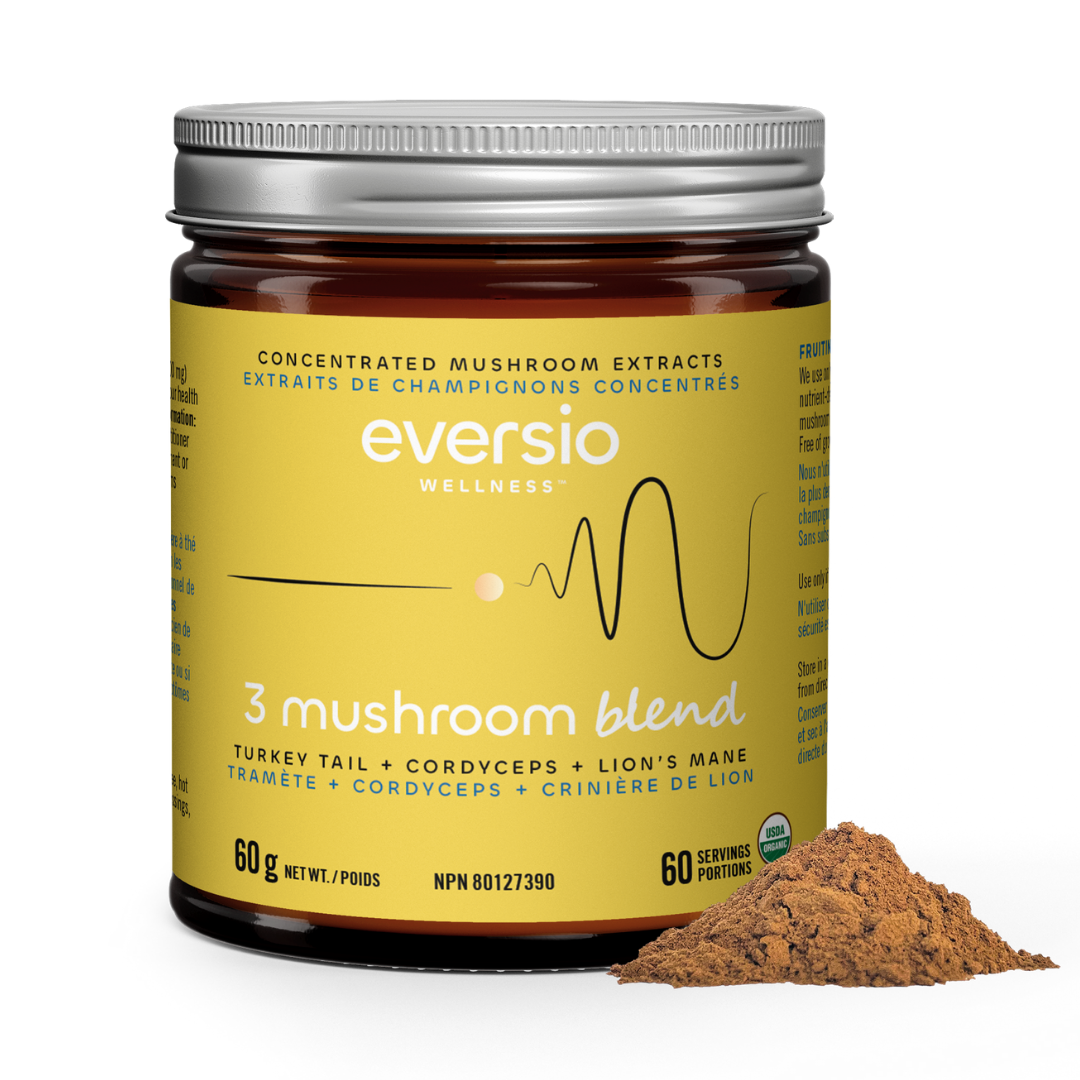
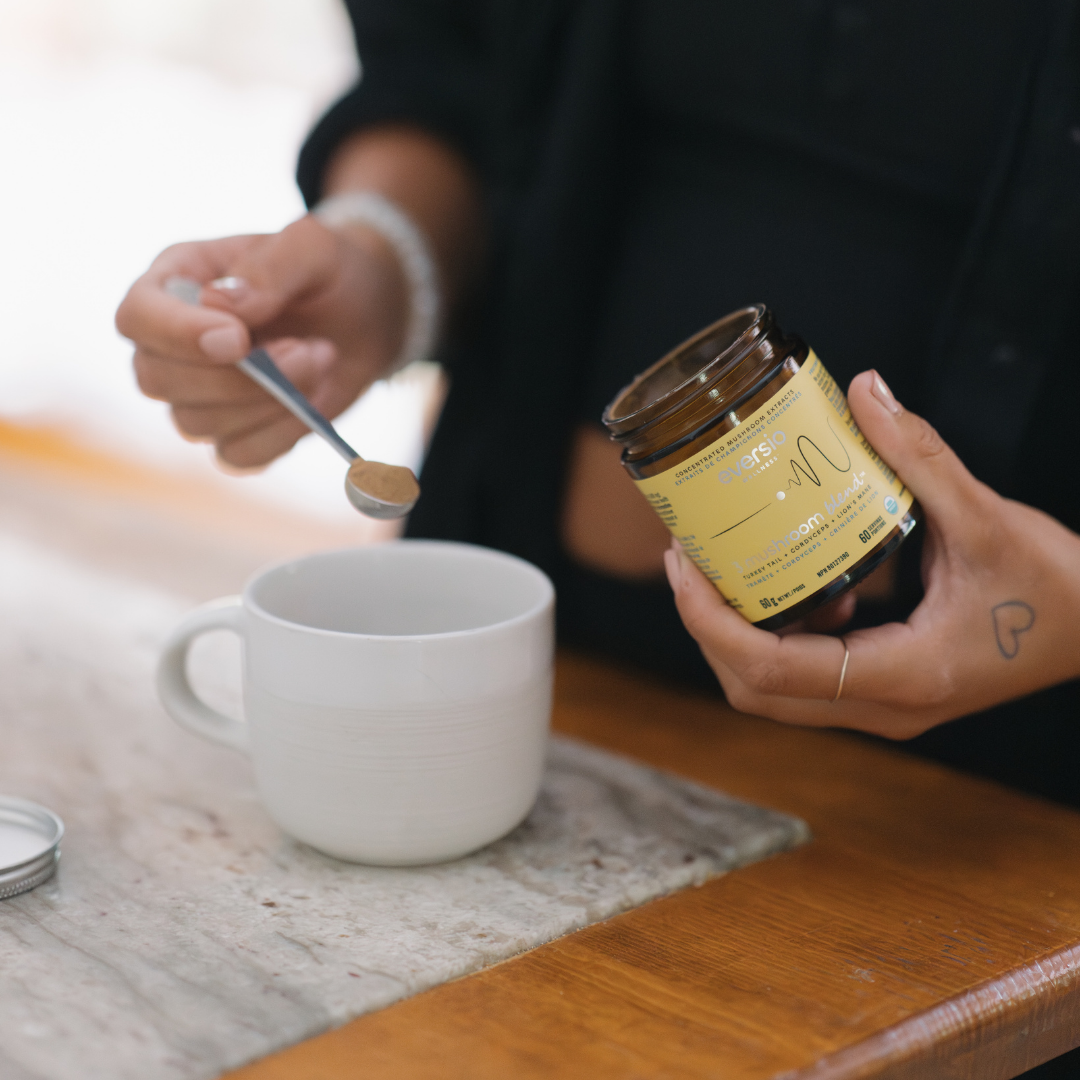
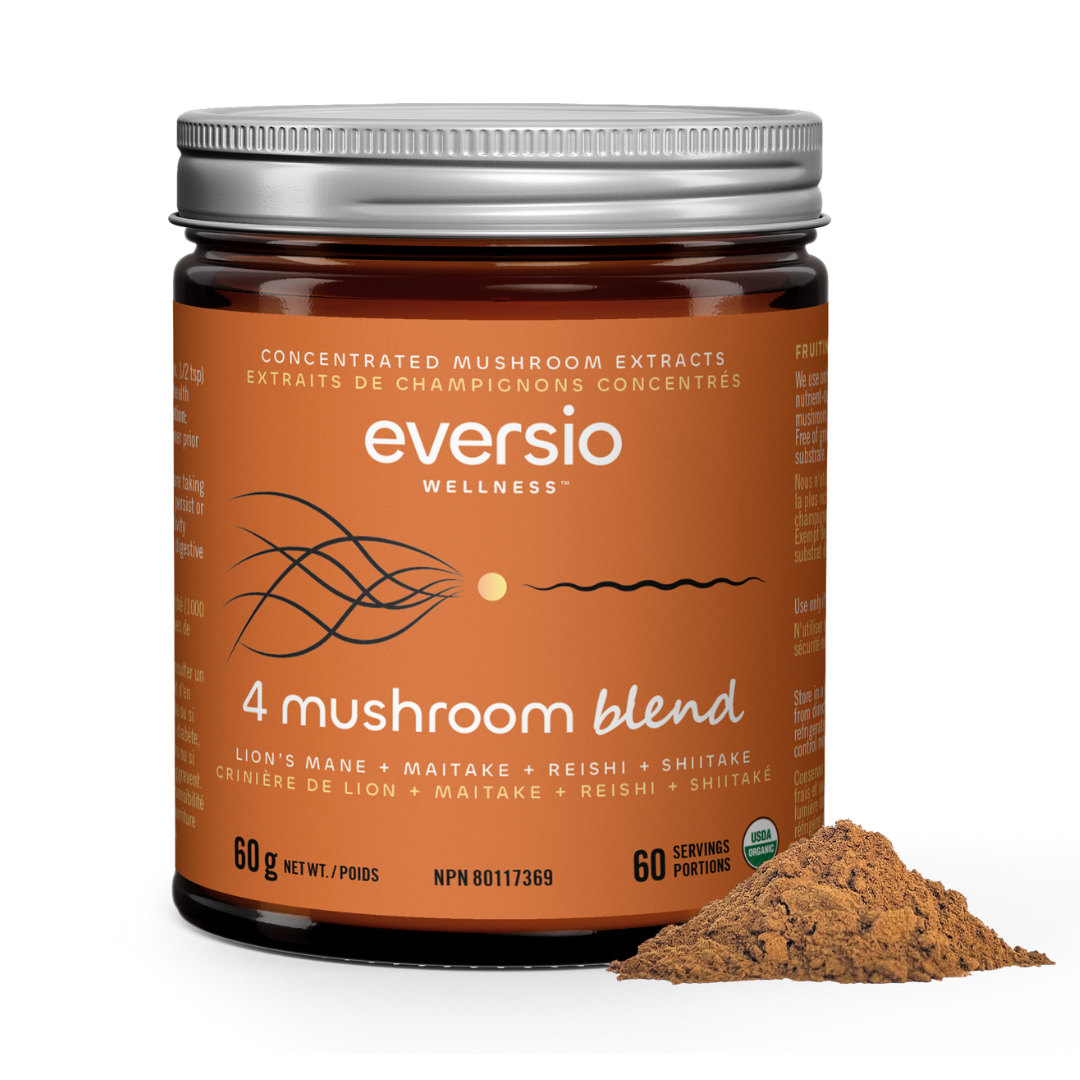
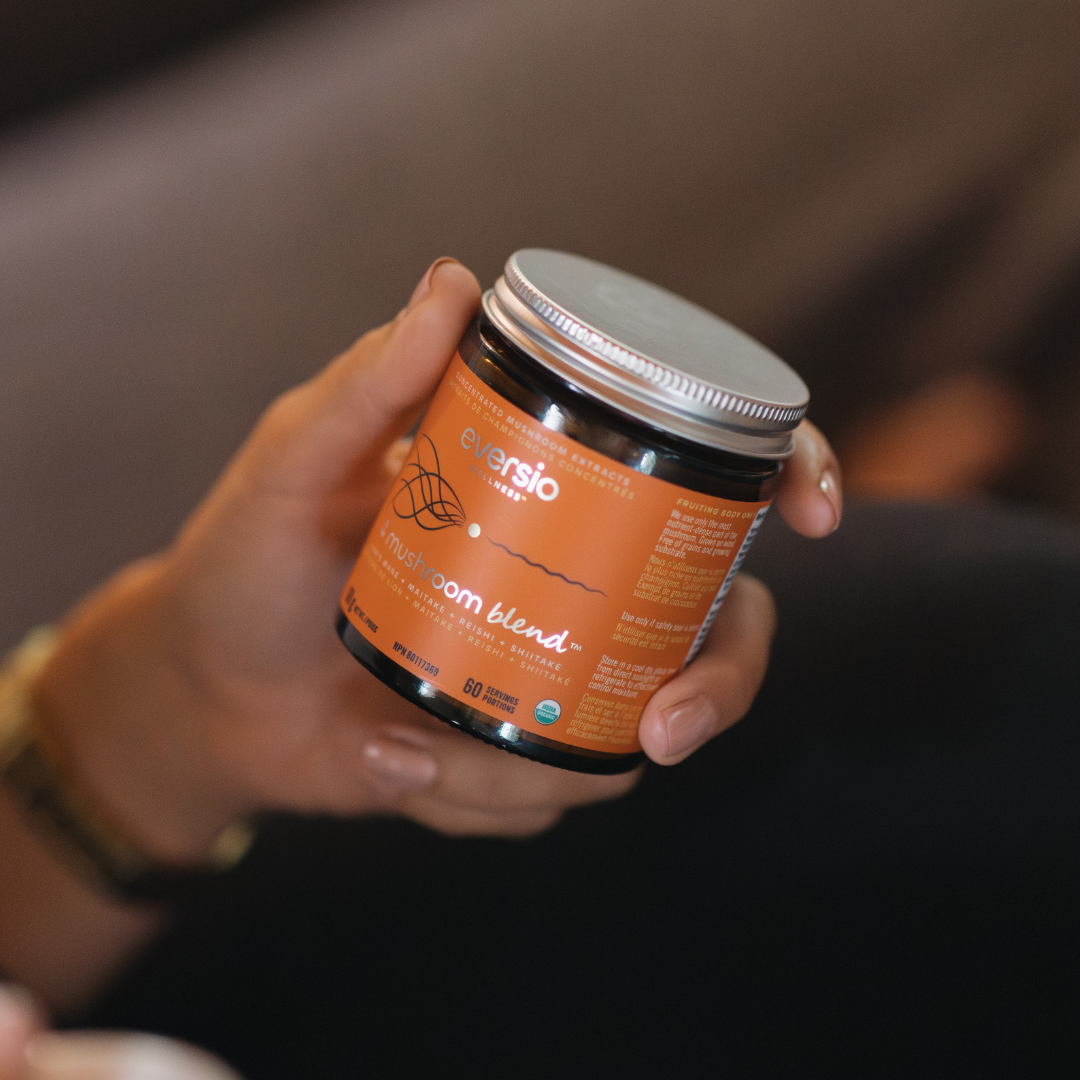
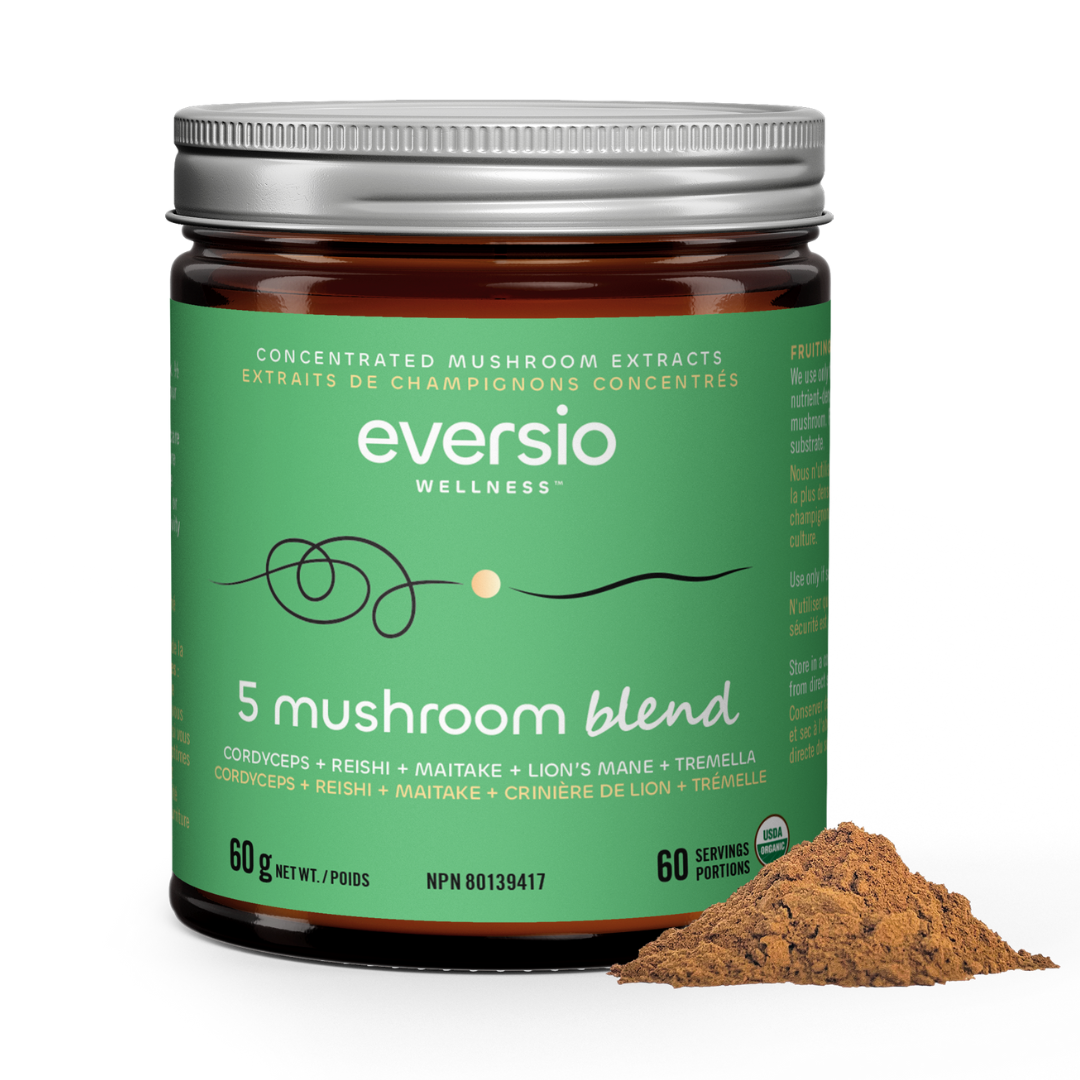

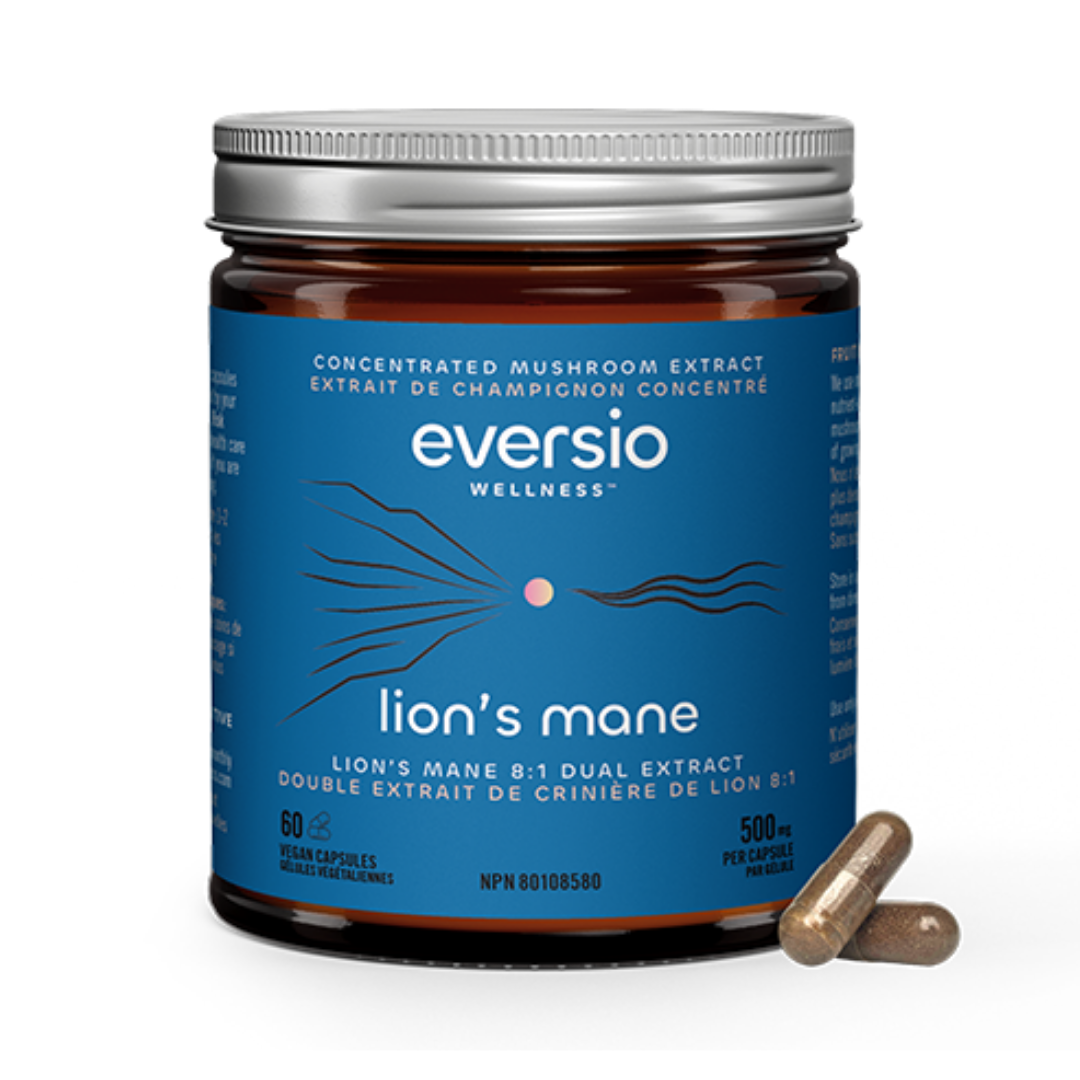
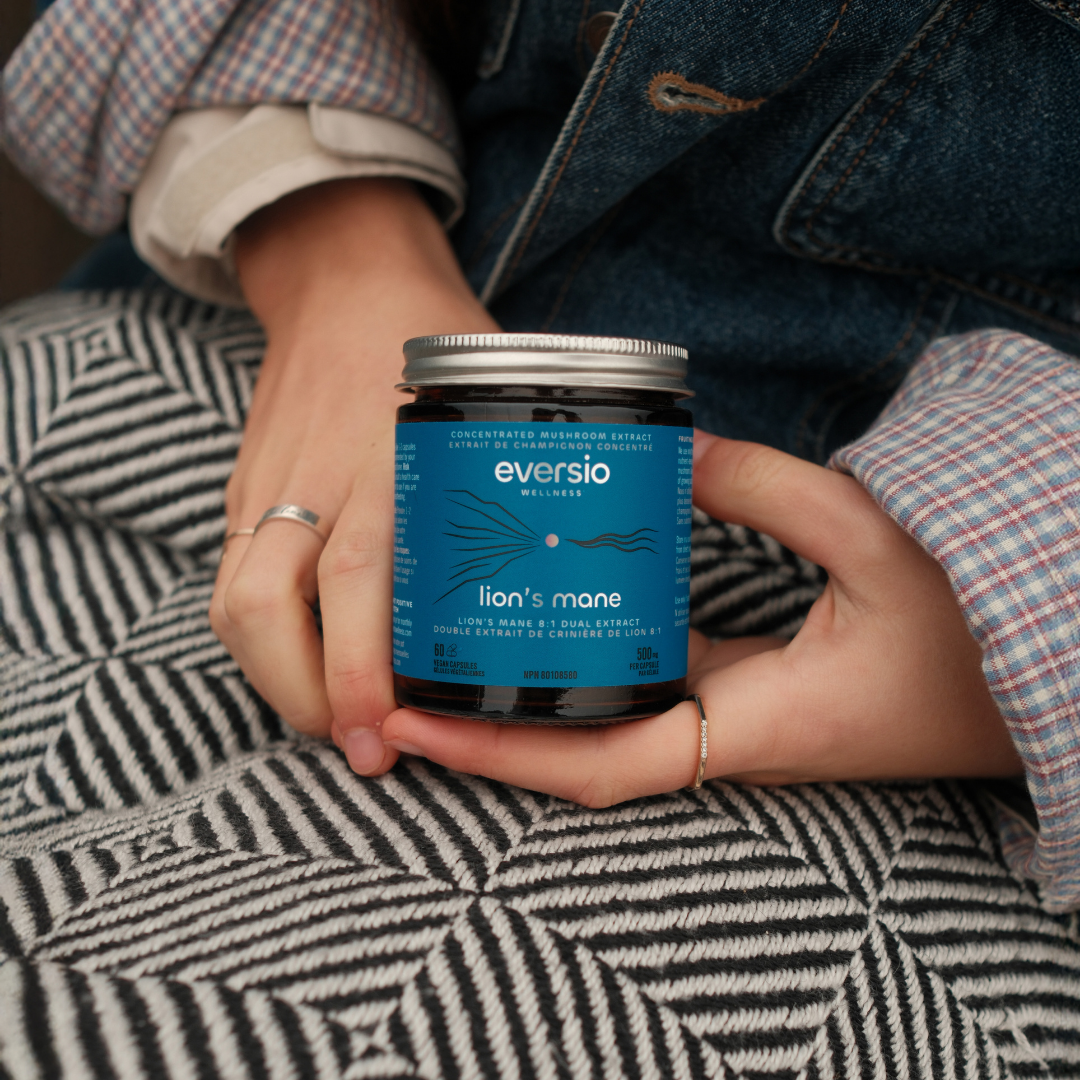
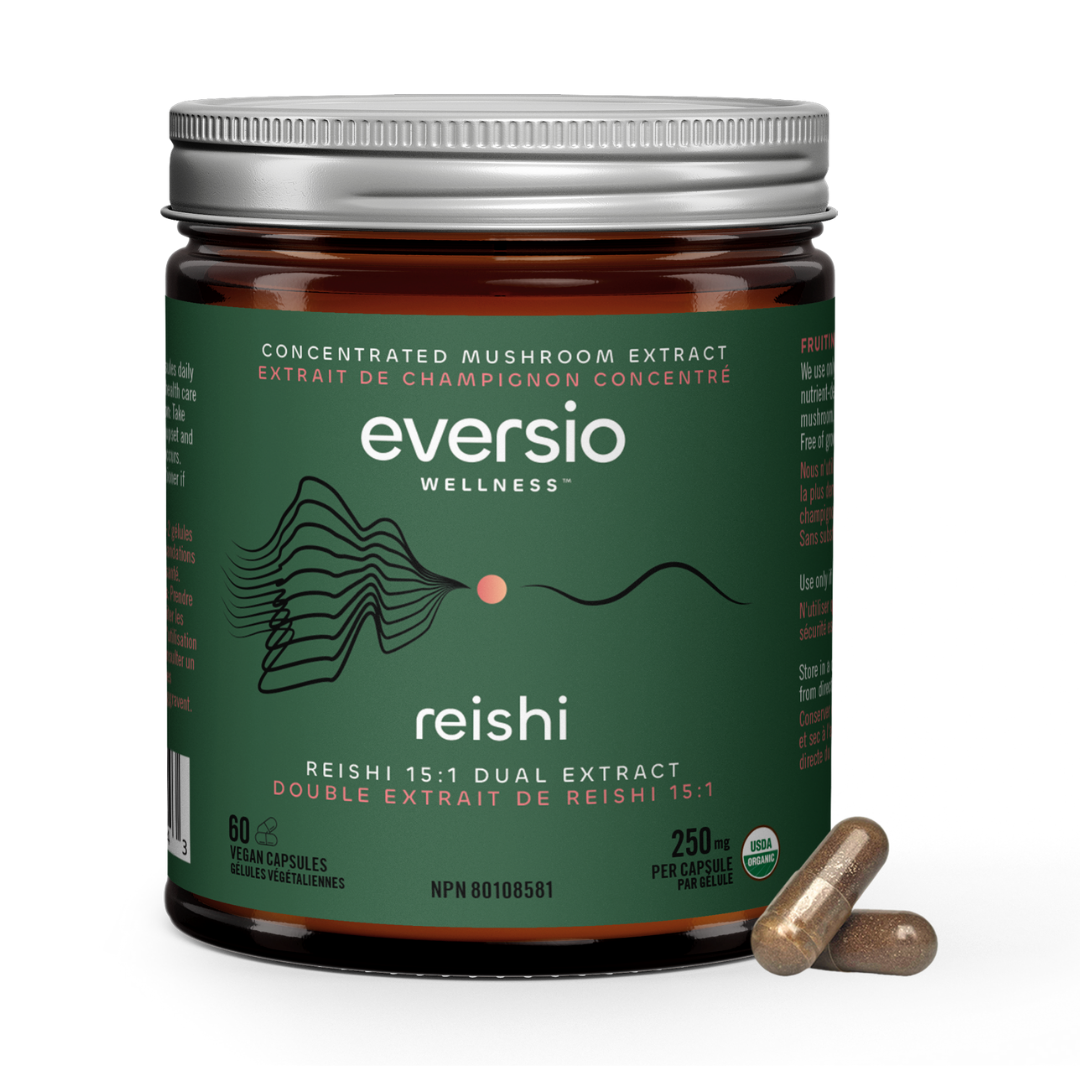

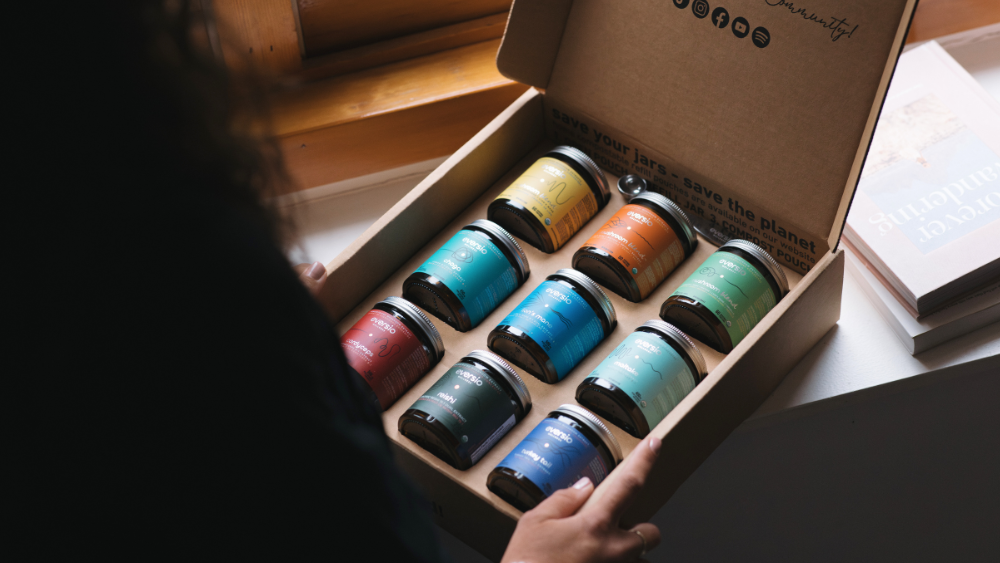




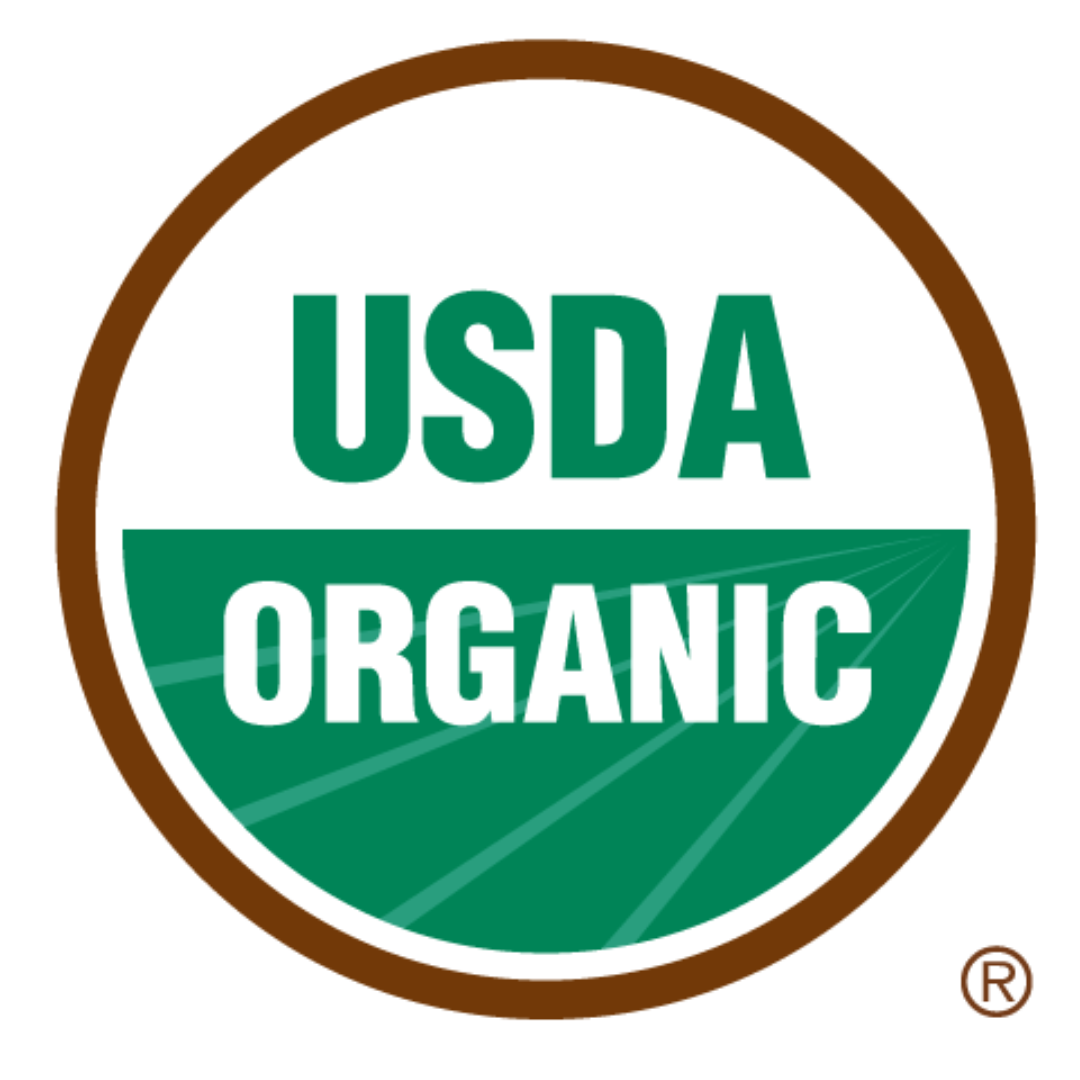


Leave a comment
All comments are moderated before being published.
This site is protected by hCaptcha and the hCaptcha Privacy Policy and Terms of Service apply.